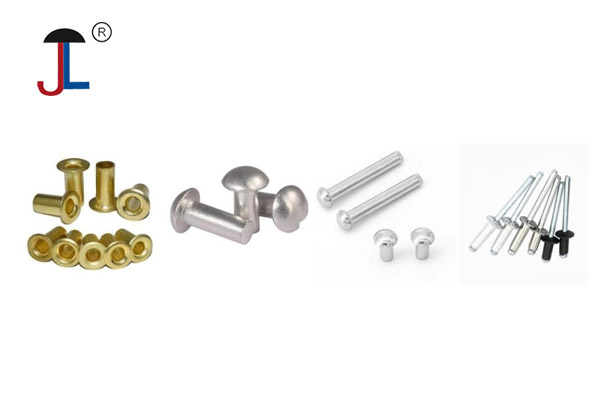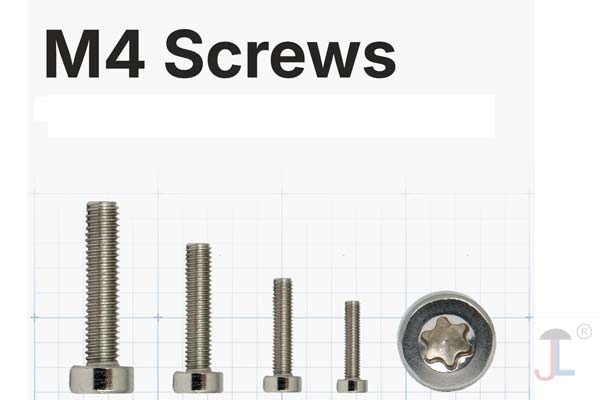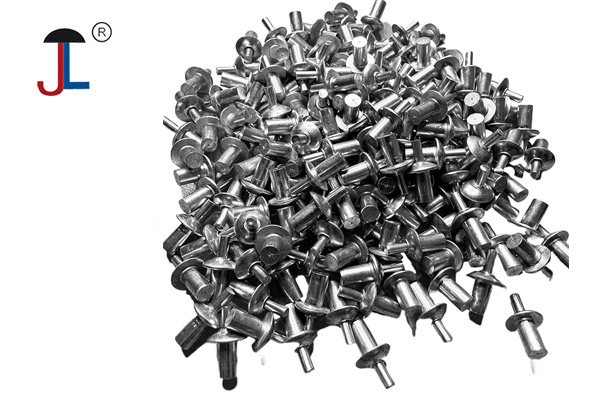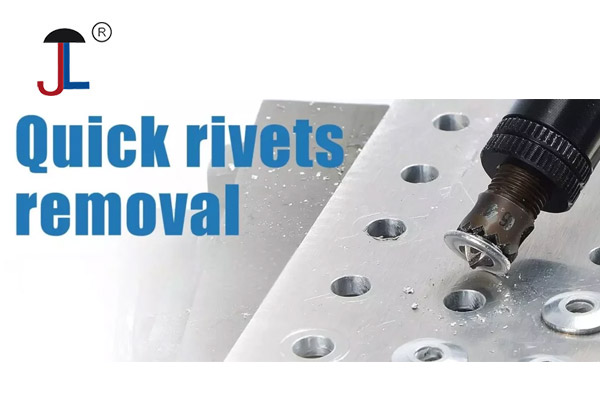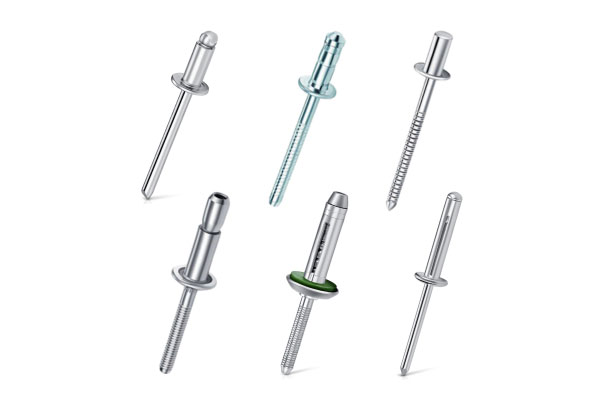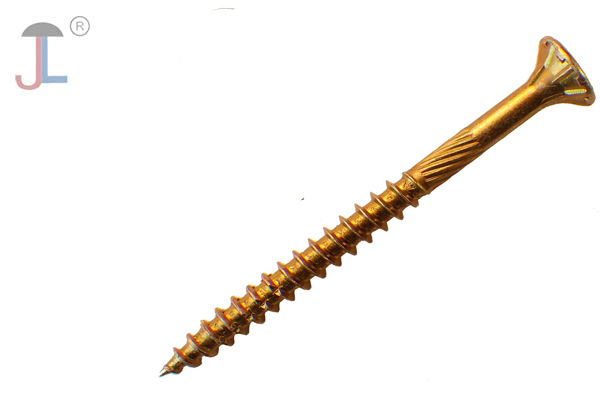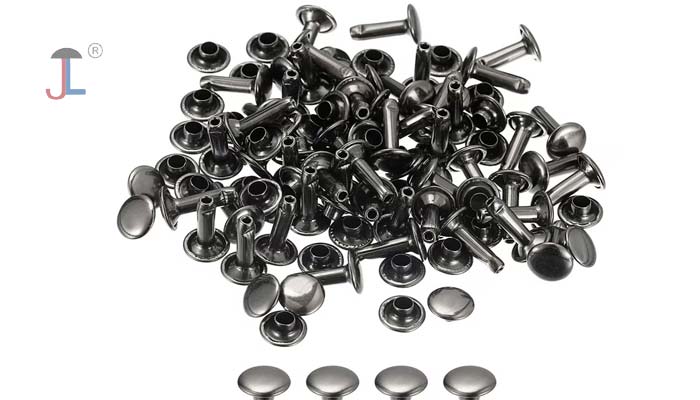Here are five common ways to remove a solid rivet from metal, along with brief pros and cons for each:
-
Drilling Out the Rivet
- How: Center-punch the rivet head to keep your drill bit from wandering. Use a drill bit slightly smaller than the rivet body and bore through the head until it falls off. Switch to a bit the diameter of the rivet shank and drill through the remaining stem.
- Pros: Clean, precise; minimal damage to surrounding metal.
- Cons: Takes some time; requires steady hand and drill bits.
-
Grinding/Cutting the Head Off
- How: Use an angle grinder or rotary cutting wheel to slice off the rivet head flush with the surface. Then punch out the remaining shank with a nail set or drift punch.
- Pros: Fast removal of head; good for large rivets.
- Cons: Sparks and metal dust; risk of grinding into base material if not careful.
-
Chisel or Cold Chisel & Hammer (Knife-Edge Method)
- How: Place the chisel’s sharp edge against the rivet’s underside (if you can access it), then strike the rivet head to shear it off. Alternatively, set the chisel on the head’s edge and cut it off in sections.
- Pros: No power tools needed; simple hand-tool method.
- Cons: Hard work; can mushroom or spread the head; may mar the surrounding surface.
-
Rivet Removal Punch (Specialty Tool)
- How: This hand tool fits over or under the rivet head. Once positioned, strike the punch with a hammer to knock the head off or pull out the shank. Some models use leverage or jaws to grip and pull the rivet.
- Pros: Specifically designed for rivets; reduces damage; quick.
- Cons: You must have (or buy) the specific tool.
-
Nut-Splitter or Hydraulic/Rivet Shear
- How: For blind or tubular rivets, a nut-splitter or hydraulic shear clamps around the rivet head and literally crushes or cuts it off. The body can then be pushed out.
- Pros: Very fast and powerful; great for production work.
- Cons: Expensive; heavy, bulky equipment.
-
Rotary Burr Bit (Die Grinder)
- How: Use a carbide burr on a die grinder to grind the head away, then drift out the rest. Faster than a cut-off wheel in tight spaces.
-
Flame or Heat-Assisted Removal
- How: Apply a torch to heat the rivet and surrounding area, then use a punch to drive it out while it’s still hot (the expansion/contraction can help).
- Pros: Good for stubborn, corroded rivets.
- Cons: Risk of warping or discoloring the base metal; safety hazards.
- Always wear proper eye, hand, and hearing protection.
- Secure the workpiece firmly in a vise or clamps.
- Clean any rust or paint around the rivet first to see exactly what you’re working with.
Choose the method that best fits your tools, the rivet type (solid vs. blind/tubular), and how critical it is to preserve the surrounding metal.

